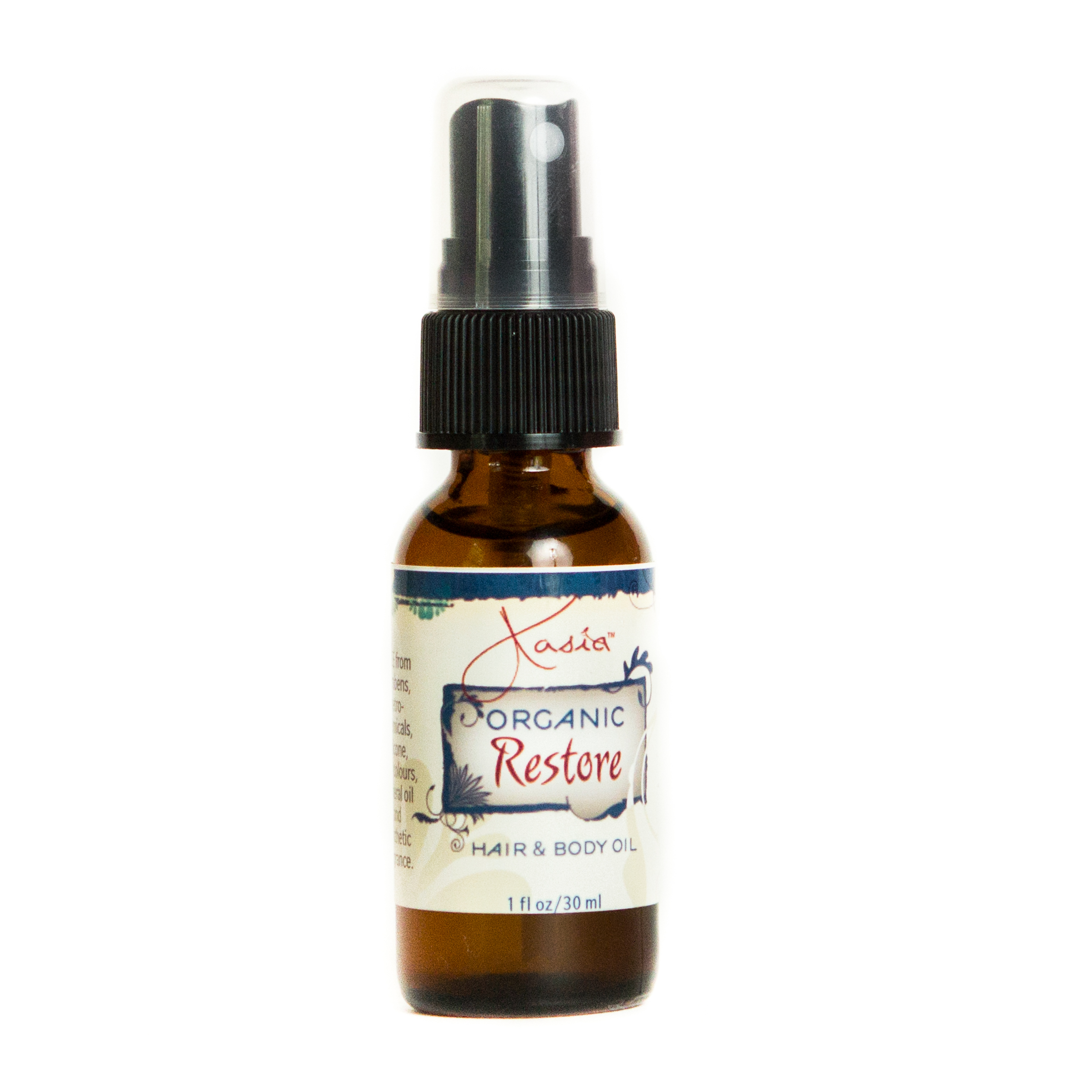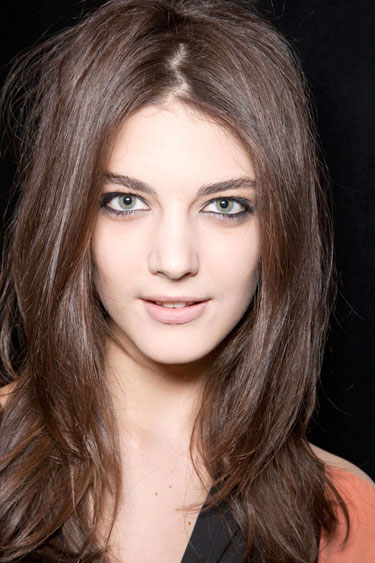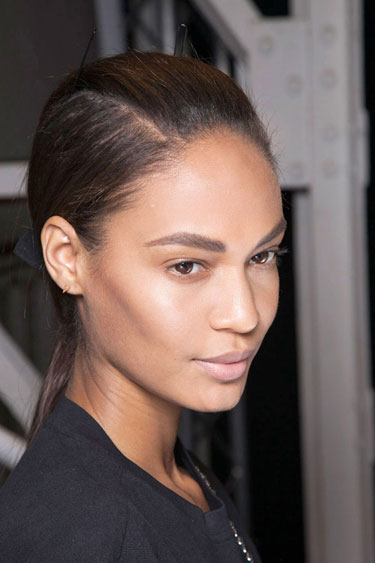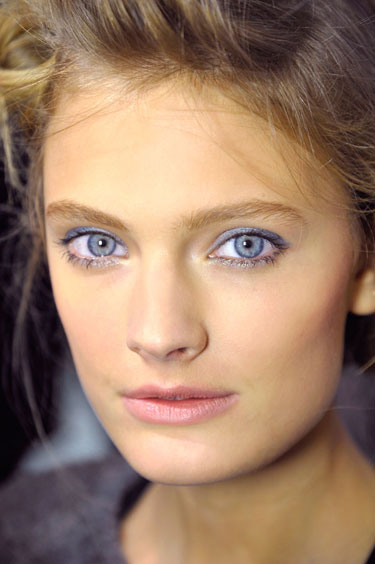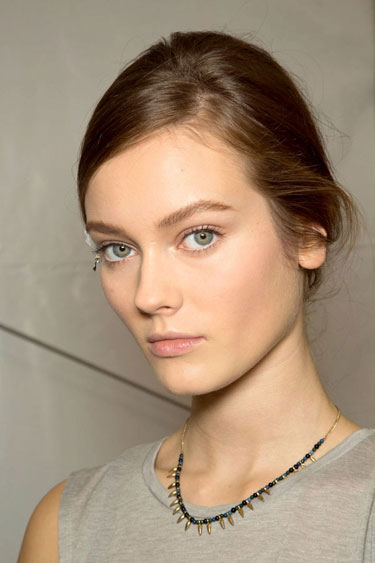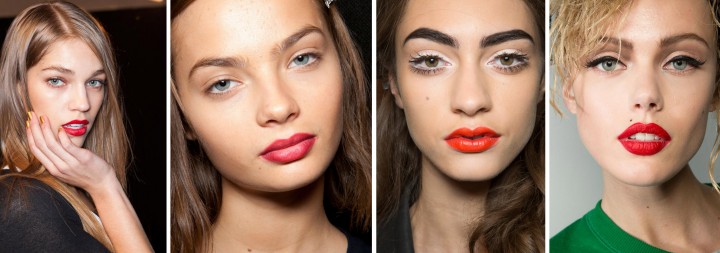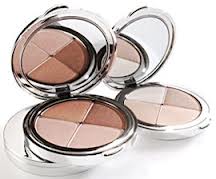Sometimes it’s nice to have a brush-up on the basics. This is particularly handy when you’re looking to bring out your eyes by brushing on eyeshadow. As it were, there are rules to which colors are most likely to bring out the natural colors It starts with some of the simple information learned in kindergarten and shifts into something a little more complicated because, unlike painting on a white canvas, you might be seeking makeup with a little more subtly.of your eyes.
It Starts with the Color Wheel
The color wheel in color theory is one that, either in six or more chunked sections or in a continuum of gradient, has all of the colors of the visible light (DePaul). This excludes black, white, and brown.
In painting, or pigments, red, yellow, and blue are considered “primary.” This is different from light, where red, blue, and green are considered primary. The idea behind primary colors is that they make the other colors.
Remember mixing paints as a child and learning that red + yellow = orange, yellow + blue = green, and red + blue = purple? Remember then discovering that mixing orange + blue = brown? That’s because they’re complimentary colors (University of Illinois).
 Whereas in light, complimentary colors mix together to make white (think of how white light through a prism makes a rainbow), complementary colors mixed in paint make brown.
Whereas in light, complimentary colors mix together to make white (think of how white light through a prism makes a rainbow), complementary colors mixed in paint make brown.
Complementary colors are: Red and Green, Yellow and Purple, and Blue and Orange.
As simple and obvious as this seems, understanding the way colors work together is one of the most important steps in recognizing which colors will bring out your features.
Translating into Makeup

If we’re to, for a moment, forget the idea of skin tone, we start with the basics of complementary colors to use on eyes. Potential eye colors include: blue, green, hazel, and brown; and account for the fact that there are variations in each of these, like hazel, violet, and gray (Hudson Alpha).
Looking at your eyes in terms of the color spectrum, it’s important to identify which of these vibrant colors is most accurately like your own. So, for example, if your eyes are brown, but they’re more of a light amber color, you could consider them to be a “yellow.”
In this way, you can determine about what color you should use. So, if your eyes are blue, your best bet is orange undertones; if your eyes are green, you’ll want to go with colors with reddish undertones; and if your eyes are brown, you’ll want to consider purple and blue undertones.
But, as with many things, this isn’t an exact science. You’ll often want to look for undertones more than actual tones. Why? Because a bright orange on a blue eye might make it pop, but it will also be very bright and potentially garish — and you may not want a bold look every day.
Finding Subtler Hues to Bring Out Eyes

Some people with blue eyes have the style and steady hand to color their eyes with a bold orange and really rock it. But some people with blue eyes aren’t the type to wear something so bright, and so orange isn’t really an option for them. And bright red eyeshadow, if not applied with a practiced hand, could resemble irritation more than an eye-popping contrast. This is where makeup gets a little more complicated.

If you want something that’s a bit more subdued, or something that feels more like it’s for day, you’ll want to look for this with undertones of the colors you want. Perhaps instead of orange, blue eyes opt for peach. Instead of red, green eyes opt for plum, and instead of bright purple, brown eyes look for a slightly more muted violet.
It’s possible to bring out your eye color using all browns. Those with blue eyes might find a sandy, peachy brown. Those with green eyes might look for something with more plum undertones. Those with brown eyes might look for something that’s more of a mauve.
Bottom Line
It starts with the very basics of bright primary pigments, and ends with understanding how to find subtle tones that still make eyes pop. Making your eyes stand out is very much about figuring out where, roughly, your eyes fit on the color wheel and, using color theory, finding a color on the spectrum that is its exact opposite to work with. You needn’t use a super-bright hue to get the effect either. Trying browns that have these undertones might take some searching, but it can result in a subdued, everyday look that makes your features shine.
Thank you - Reference http://www.futurederm.com/
 Read on, Informed Beauty, and discover the top 6 reasons to get an organic facial.
Read on, Informed Beauty, and discover the top 6 reasons to get an organic facial.
